You’ll only have to prepare the materials and record the course once, and then it can earn you money for a long period of time.
Don’t worry, you don’t need to buy any expensive filming equipment. Oftentimes, an iPhone and a good microphone are enough to record a decent online course. Free video editing software isn’t a problem either. I can recommend DaVinci Resolve, which is available for Mac, Windows and Linux.
Here are some ideas of what you could teach:
E-learning platforms that I can recommend checking out are Thinkific and Payhip. Both are self-managed platforms that give you full control over your course design and pricing.
Conventional e-learning marketplaces like Skillshare and Udemy require you to play according to their rules and if they decide to change their payment structure overnight, you’ll have to agree—or leave the platform. Plus, you’ll have to compete with lots of other course creators in your niche.
Thinkific, on the other hand, lets you set your own prices, giving you full control over your earnings. It’s one of the few e-learning platforms that also allows you to start for free. You can launch your course within 30 days, without any setup costs.
Payhip is another great option, offering similar features to Thinkific but at a more budget-friendly price. It’s an all-in-one platform where you can sell digital and physical products alongside your online courses. With Payhip’s Forever Free plan, there’s no monthly subscription fee, regardless of how many courses you publish. Like Thinkific, Payhip allows you to set your own prices.

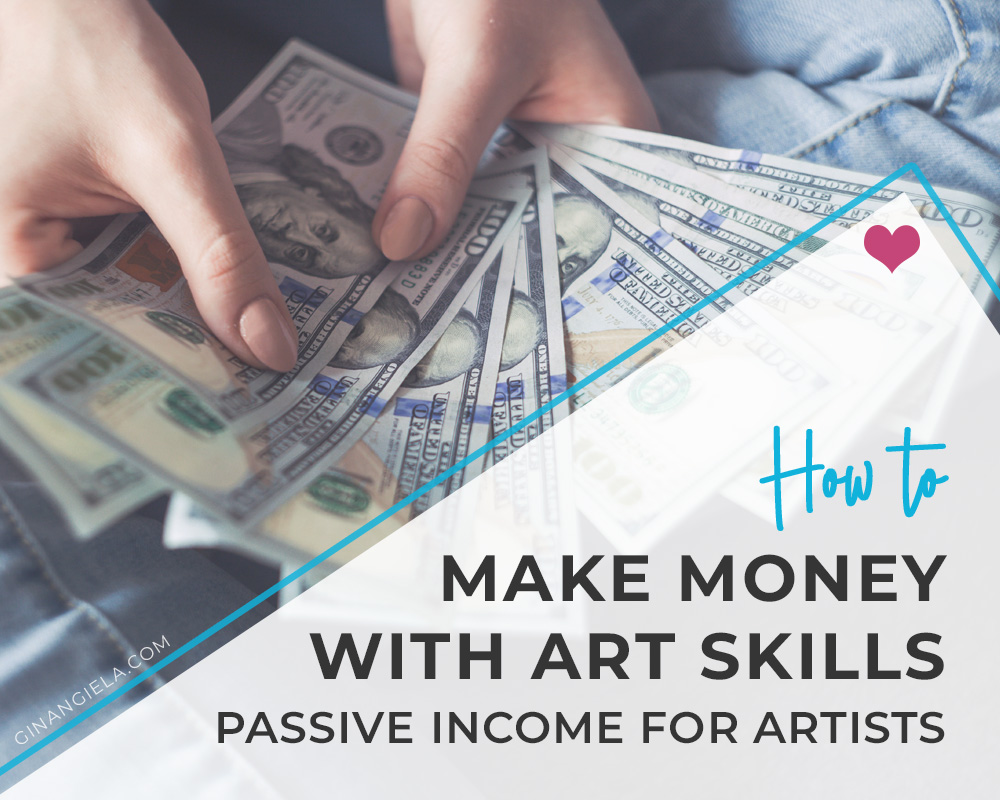
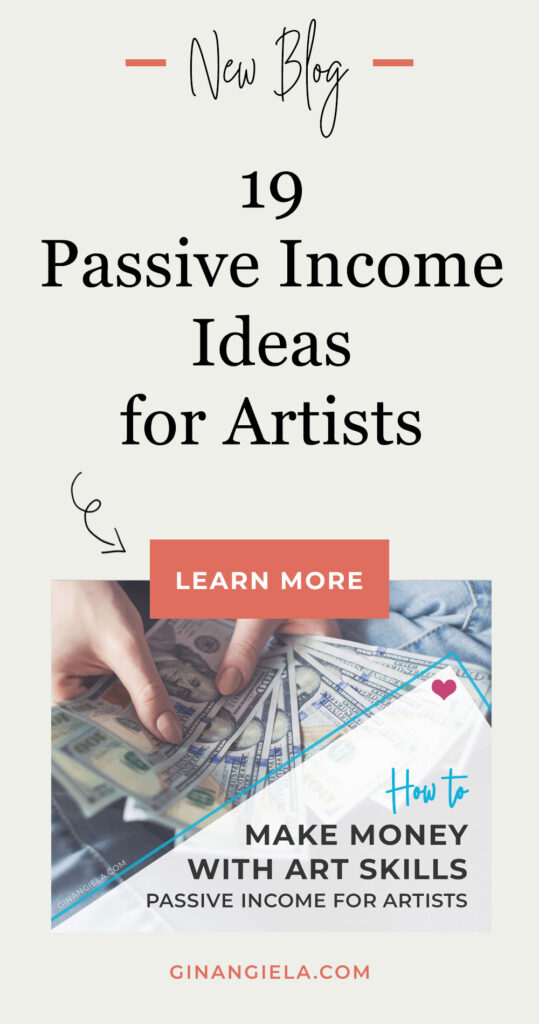
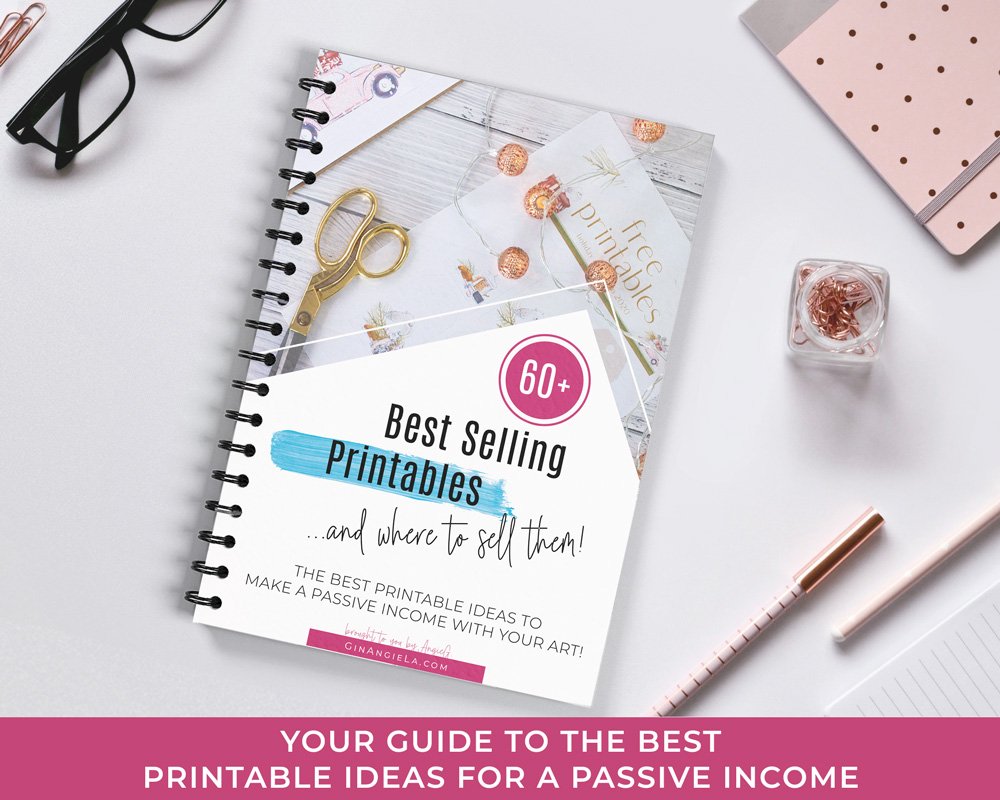





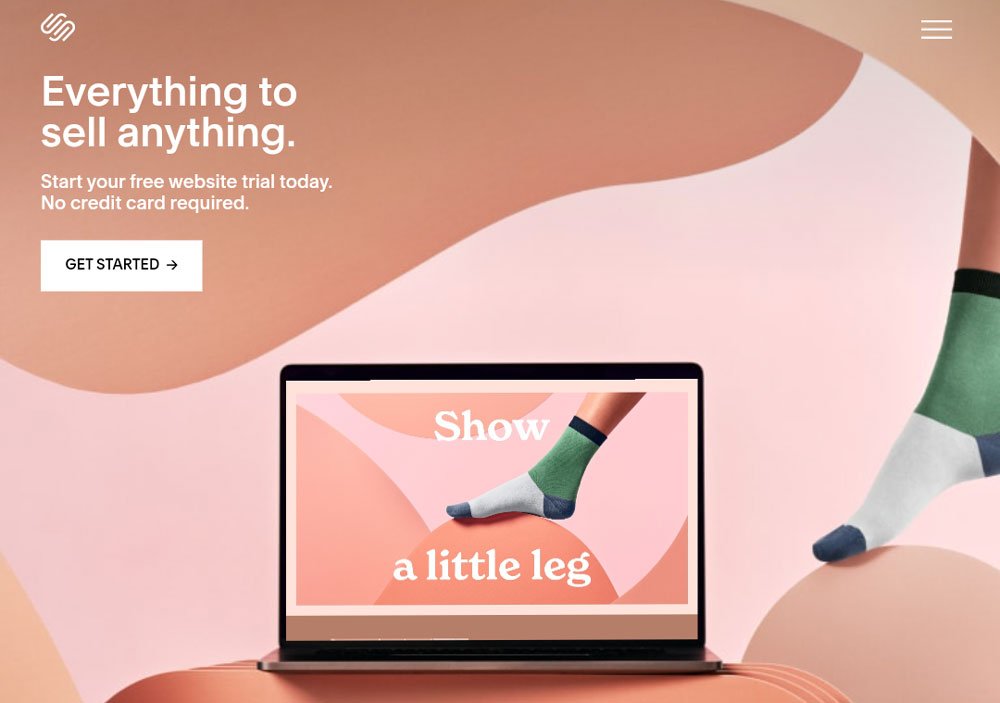
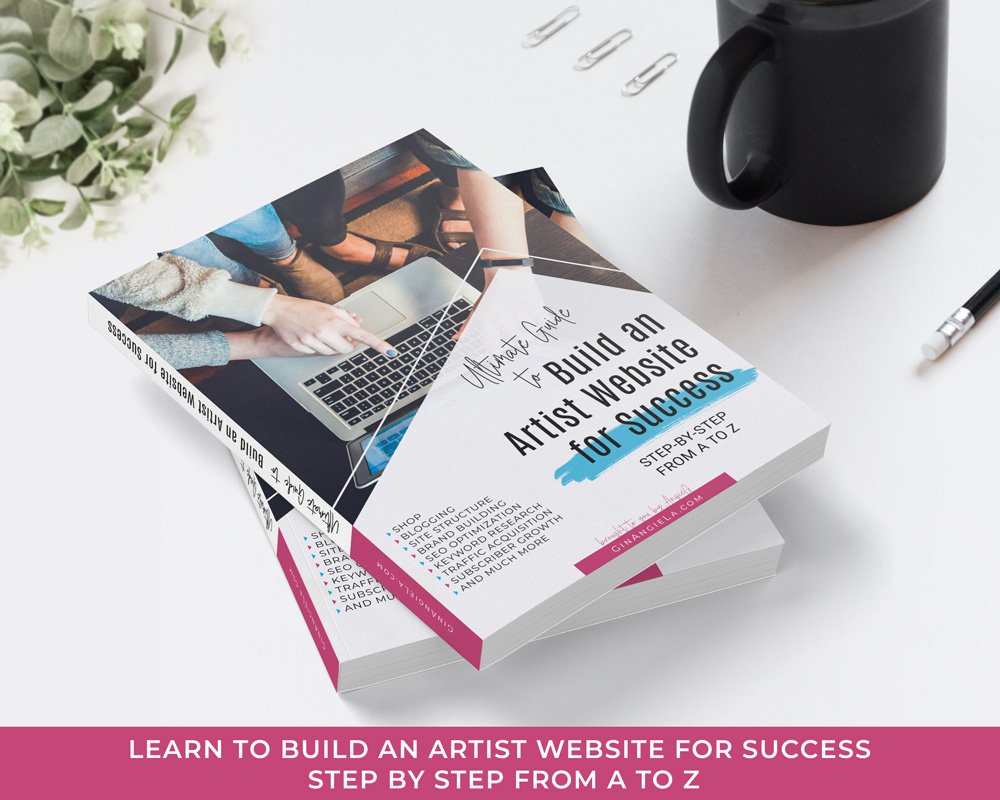
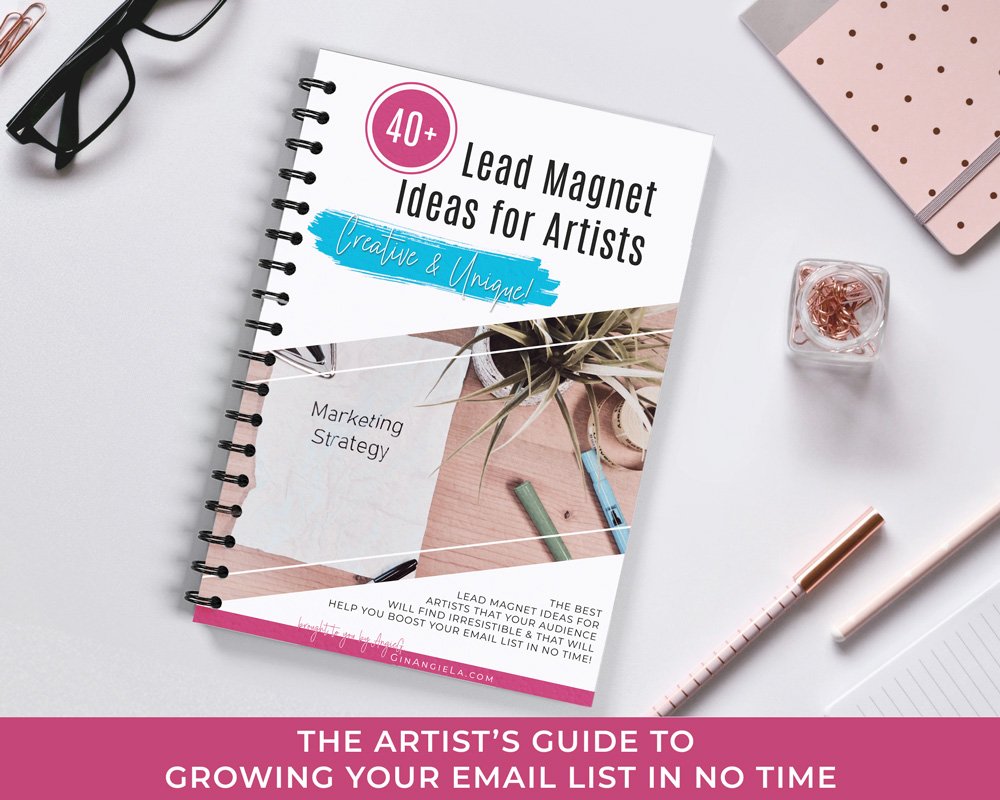
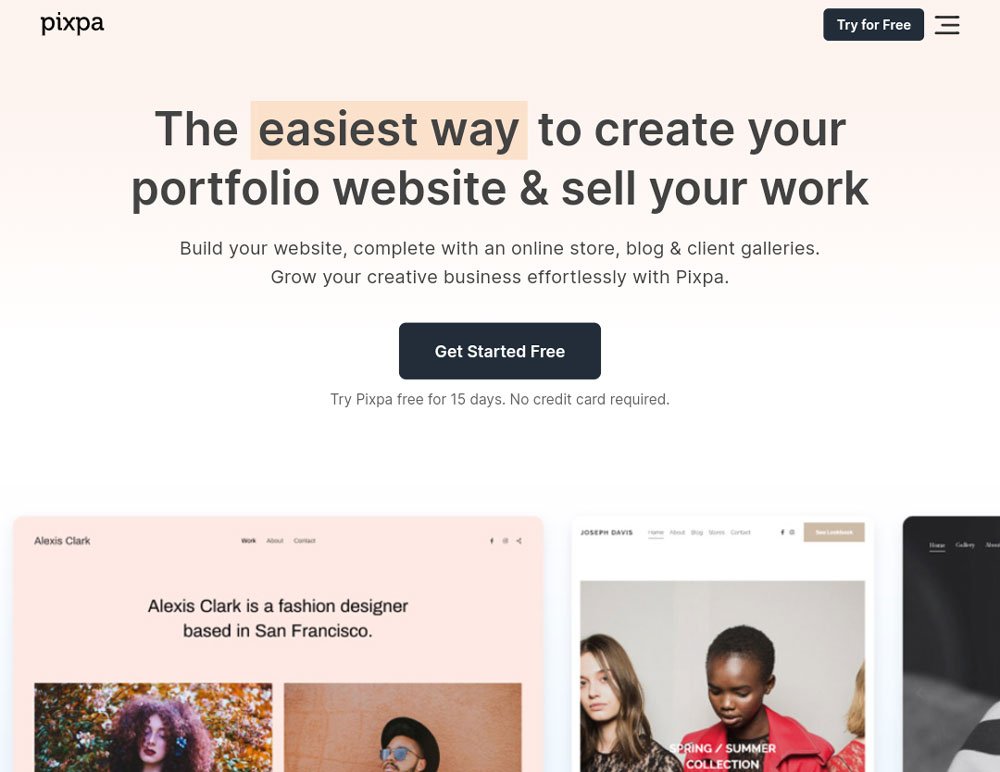
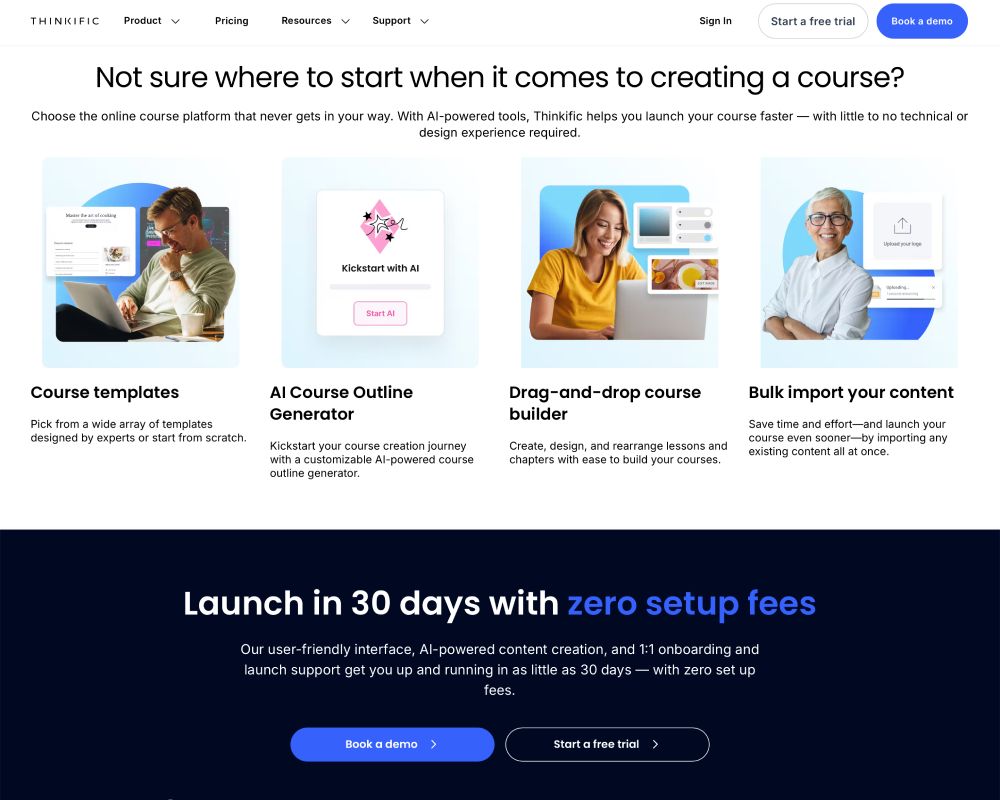

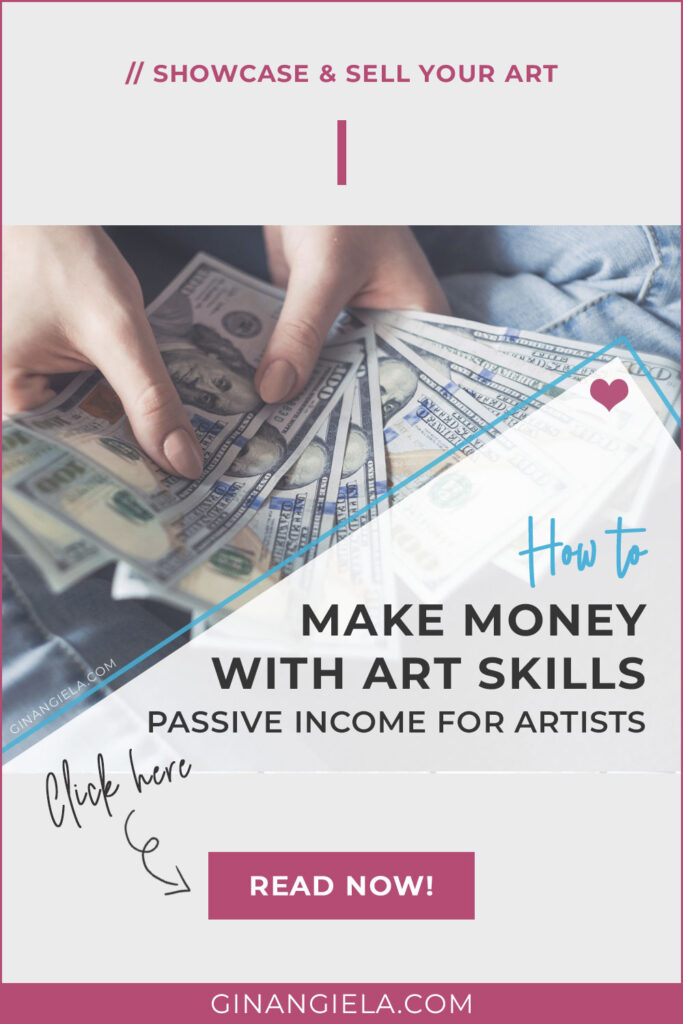

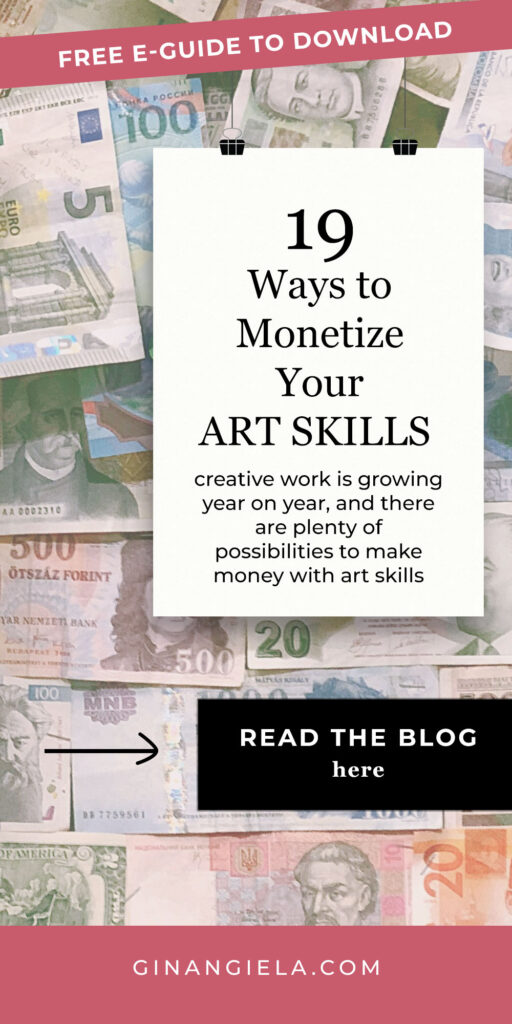
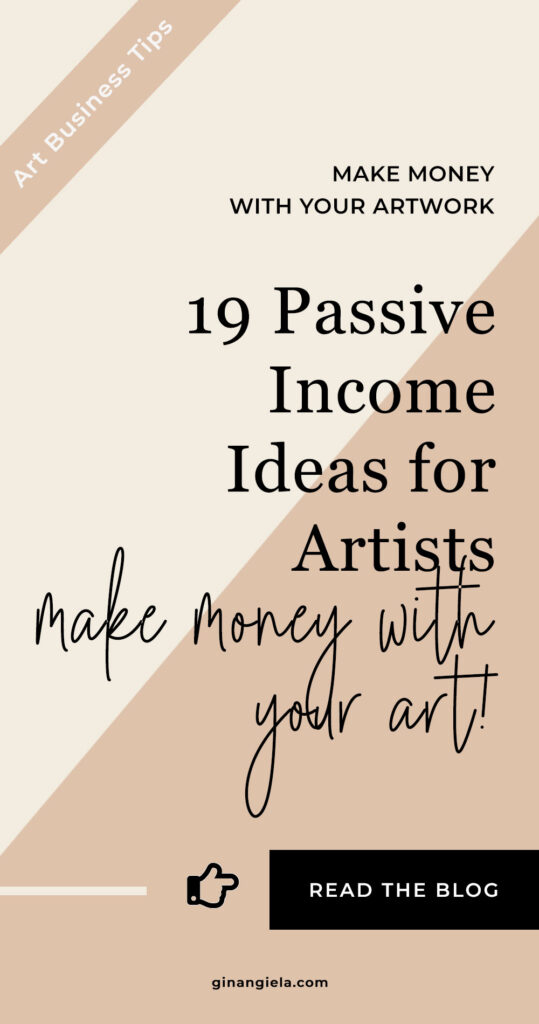

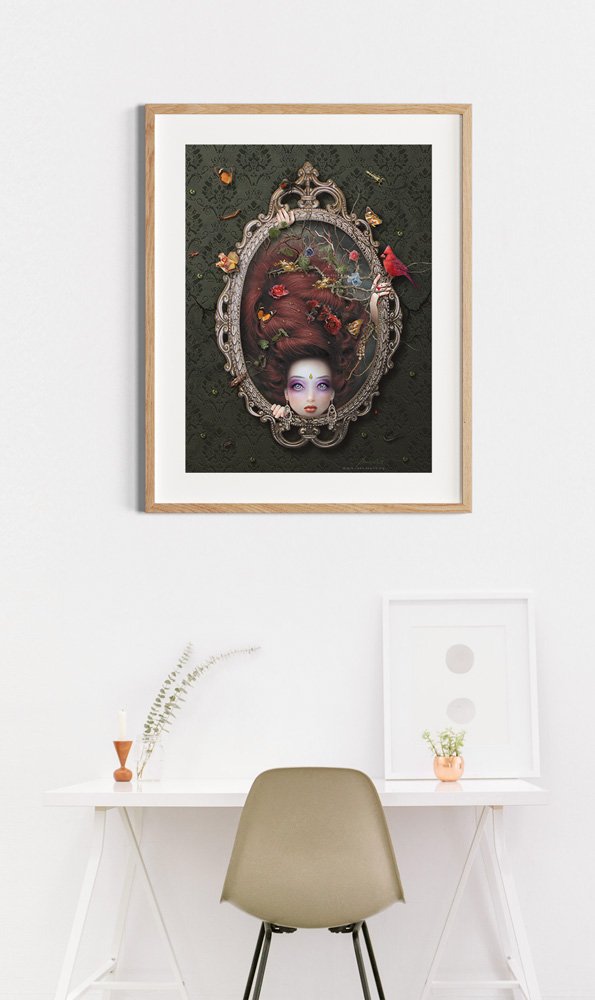

Great artist guide line for online survival, not only artists but every creative person should follow the same rules!
Hi Louis, thanks for stopping by! I agree, I think these techniques work for many creative people, no matter what kind of craft they’re in!
Angie,
This was a REALLY great blog. I am trying to make more of a living with “passive” income as well – thank you for this!
Do you ever license your artwork?
Thanks, Sarah
Hey Sarah, great that the post was helpful!
Yes, I also sell licensed files of my artwork in my web store.